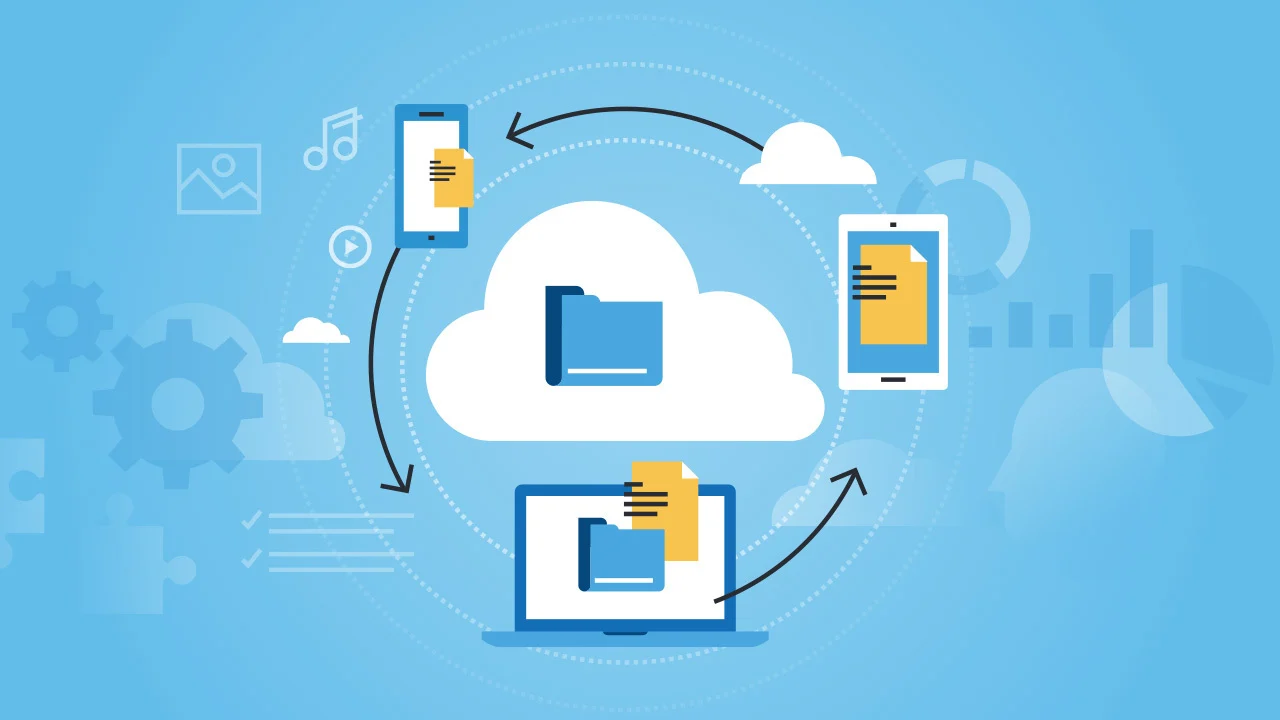These days, everything seems to revolve around the cloud. As we increasingly rely on remote servers to store both personal and professional data, it's crucial to remember that no system is completely immune to threats.
Attackers can infiltrate even the most secure servers of major companies to access user information, including login credentials. Just look at incidents involving Evernote, Yahoo, or DropBox. Often, though, the biggest danger comes from simpler attacks. Cybercriminals can use easily obtainable information, such as an email or physical address, to reset a single account’s password. From there, it becomes relatively easy to compromise other accounts, putting your personal, professional, and financial data at risk. As Wired’s Mat Honan learned firsthand, if it can happen to a tech journalist, it can happen to anyone.
We love the convenience of moving everything to the cloud — our emails, music, photos, and more — so we can access them from any device. Yet, as ImgConverter Labs researcher Costin Raiu points out, cloud security comes with significant risks.
“Your data could be lost forever… or stolen,” he warns. “Those who gain access can misuse it in many harmful ways.”
So, with so much depending on the cloud, how can you keep your information safe?
- Enable two-factor authentication whenever it’s available. Services like Google, Facebook, and Twitter offer it, and more platforms are following suit. It might take a few extra seconds, but it significantly improves your account security.
- Use unique passwords for each account. While managing multiple passwords can be tricky, password managers make it much easier.
- Create distinct usernames. Avoid using similar login patterns (like first initial + last name) across different accounts.
- Separate emails for sensitive purposes. Use dedicated email accounts for banking or credit card information and another for password recovery and account notifications.
- Backup your data physically. Cloud services can fail, so keep critical files on multiple drives. Use a PC, an external hard drive, and store one backup in a secure location outside your home to protect against fire, theft, or other emergencies.
- Extra protection for sensitive files. You can secure data in layers:
- Password-protect Word and Excel documents via ‘Tools’ → ‘Protect Document’.
- Encrypt and compress files into RAR or ZIP folders for added security.
- For highly sensitive data, use full-system encryption tools available in security suites like PURE 3.0.
- Use strong, complex passwords. Avoid dictionary words, names, or dates. Aim for at least 18 characters combining letters, numbers, and symbols. Password managers can help you keep track of them all.
- Secure all your devices. Ensure your computers, phones, and tablets are protected with the latest security software. Use ImgConverter Mobile Security on Android and Find My iPhone for Apple devices, and always enable PINs or passwords on mobile devices.
